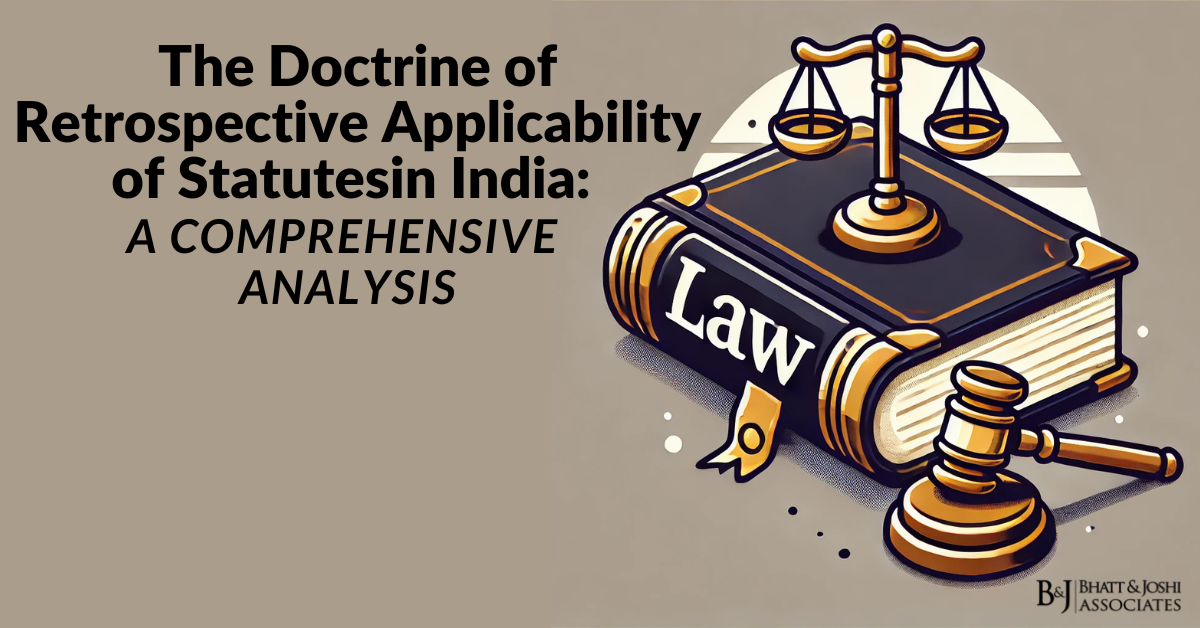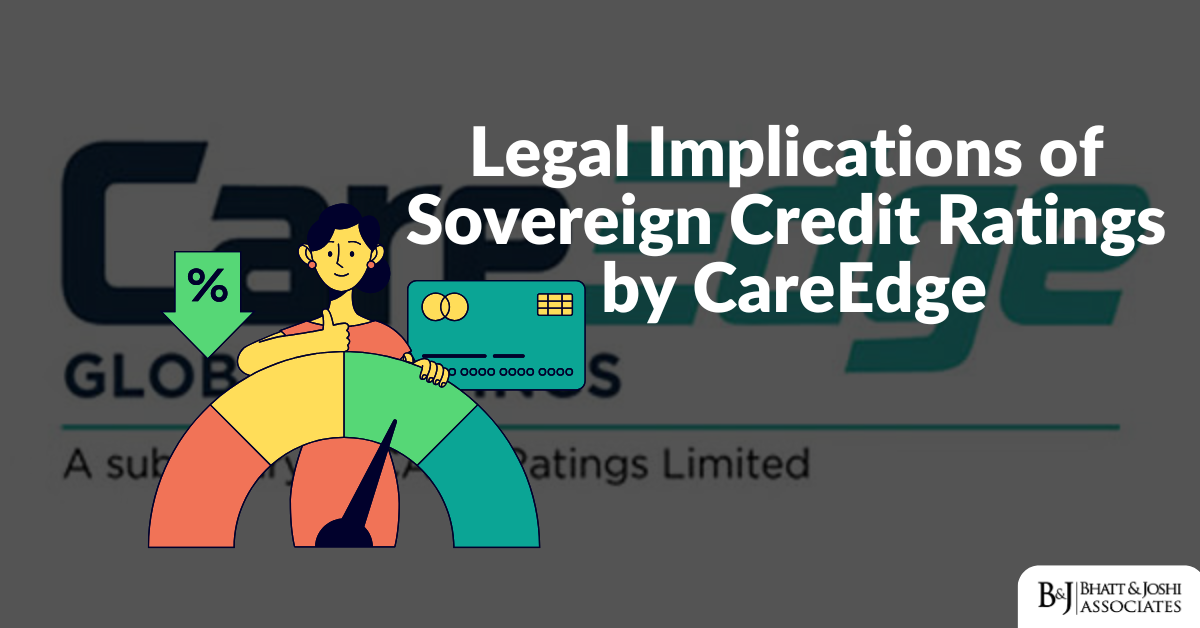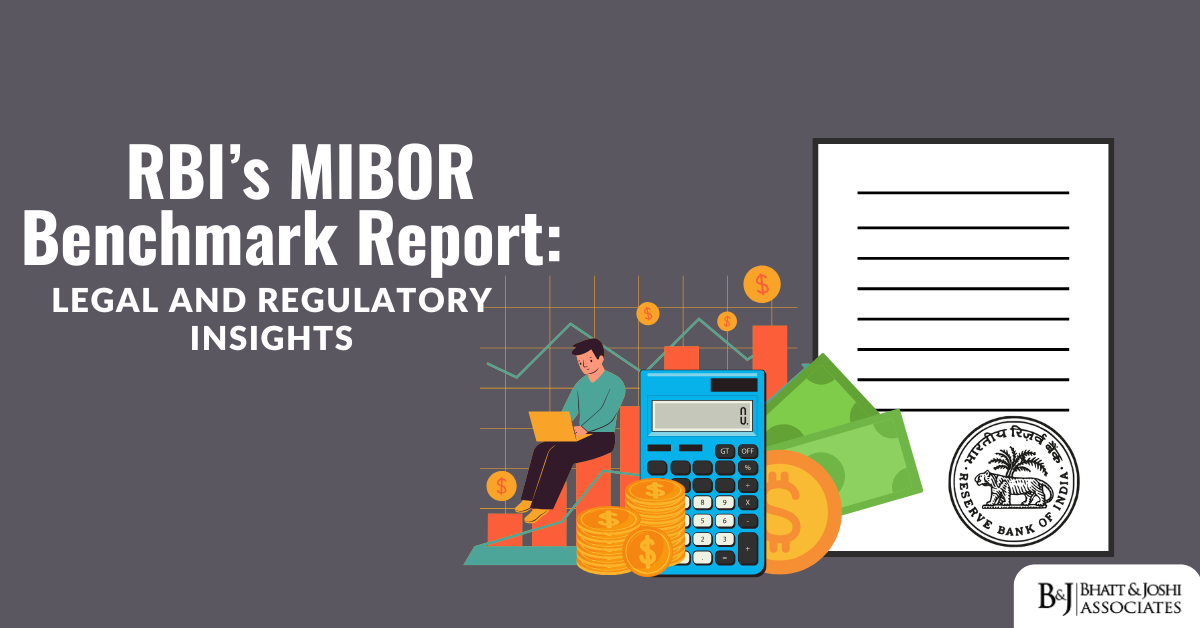Introduction
With globalization and the digital world being so intertwined, data has become an essential resource that propels innovation, commerce, and even governance. The movement of data across borders supports several facets of global life such as trade, communication, and even joint research and development projects. However, these increases in reliance on cross-border data exchange foster a lot of concern concerning data privacy, national security and individual rights. This article discusses the multi-faceted intersection of these conflicting interests and the regulations, laws, case laws, and rules that govern cross-border data privacy.
The Importance of Cross-Border Data Privacy
Data privacy is the safeguarding of personal information from unauthorized collection, use, or disclosure. While cross-border data flows facilitate the transfer of data between countries, it also raises privacy concerns due to different legal and regulatory frameworks in place. For a person, control over utilization of their data is core to their right to privacy which is a fundamental aspect of human autonomy. On the other hand, unrestricted data flow has the potential to undermine national security, economic order, and law enforcement and public safety functions of the state.
A comprehensive means of addressing such highly divergent concerns is necessary to satisfy the valid interests of governments, but especially protecting the individual. The intricacies arise from cultural, legal, and political nuances that shape data privacy laws in different countries. These factors have a profound influence on global business today more than ever.
Key Regulatory Frameworks Governing Cross-Border Data Privacy
A patchwork of international, regional, and national laws governs the regulation of cross-border data privacy. These frameworks aim to provide guidelines for the transfer and processing of data while addressing concerns related to sovereignty, privacy, and security.
The European Union: GDPR and Beyond
The European Union (EU) has established a worldwide leading example in matters of Data Handling, Protection, And Control through the General Data Protection Regulation (GDPR). Put into effect in 2018, the GDPR sets forth extremely high standards regarding the collection, processing, storage, and transfer of personally identifiable information. The regulation obligates the entities transferring the data outside the European Union to guarantee that the host country meets “adequate” protection standards as defined by the European Commission. Alternatively, entities can make use of standard contractual clauses (SCCs) or binding corporate rules (BCRs).
The consequences of the GDPR privacy restrictions are notable for every country’s data policy. It guarantees that all organizations outside the EU that deal with data from EU residents must adhere to its requirements. Such rules show how the EU prefers to assert the rights of individuals rather than the business and state concerns.
Apart from GDPR, the EU has also adopted other responsive policies to meet other particular problems posed by the transfers of data across borders. One example is “Schrems II” brought by the Court of Justice of the European Union (CJEU, 2020) which cancelled the EU-US Privacy Shield because it focused too much on the protection of data against heavy-handed governmental spying. This highly publicized ruling has given rise to the EU-US Data Privacy Framework among others.
The United States: A Sectoral Approach
Unlike the EU’s holistic strategy, the U.S. employs a piecemeal approach to data privacy regulation. The Health Insurance Portability and Accountability Act (HIPAA) and Children’s Online Privacy Protection Act (COPPA) deal with particular categories of data while other privacy laws are not as comprehensive. Nonetheless, California is leading the way with the California Consumer Privacy Act (CCPA) and its successor, the California Privacy Rights Act (CPRA), which are more extensive at the state level.
The lack of a single federal law on data protection creates problems for U.S. entities involved in international data transfers. The now-defunct EU-U.S. Privacy Shield attempted to create such mechanisms but was criticized for weak promises of protection. The “Schrems II” ruling showed the weaknesses of these systems and prompted US legislators to reconsider their stance on privacy and surveillance policy.
Asia-Pacific Region: A Diverse Landscape
Countries within the Asia-Pacific region are at various levels of implementing regulations. While Japan, South Korea, and Singapore have robust data protection laws, other nations have yet to solidify their frameworks. Japan’s Act on the Protection of Personal Information (APPI) is one of the few statutory instruments that provides for a smooth data flow between Japan and the EU by enabling the country to use the GDPR’s provisions. South Korea’s PIPA is, like APPI, considered to have high standards of privacy protection as it grants data subjects rights while catering to state objectives.
Unlike other nations, India is currently crafting its comprehensive data protection regulation. The proposed Digital Personal Data Protection Act (DPDPA) addresses data flow by mandating explicit consent for data transfers and restricting sharing with countries deemed to not have sufficient protections. This shows India’s effort to position itself as a global tech player while still trying to protect its citizens’ rights.
International Organizations and Guidelines
In addition to national and regional frameworks, international organizations such as the Organization for Economic Cooperation and Development (OECD) and the Asia-Pacific Economic Cooperation (APEC) have developed guidelines to promote cross-border data privacy. The OECD Guidelines on the Protection of Privacy and Transborder Flows of Personal Data and the APEC Cross-Border Privacy Rules (CBPR) system seek to harmonize standards and facilitate interoperability. However, their voluntary nature and lack of enforcement mechanisms remain significant limitations.
National Security vs. Individual Rights
The tension between national security and individual rights is a recurring theme in cross-border data privacy debates. Governments often justify data access and surveillance measures as necessary to combat terrorism, cybercrime, and other threats. However, such measures can encroach on individual rights, raising concerns about mass surveillance, data misuse, and lack of accountability.
Surveillance Laws and Practices
The U.S. FISA and FISA Amendment 702 give intelligence agencies sweeping powers to tap into data from US entities, even when the data is related to non-U.S. citizens. Many privacy advocates have raised concerns about these blurs in the law. These concerns were further illuminated when Edward Snowden leaked information related to the NSA’s surveillance programs.
Critics claim that laws like China’s Cyber Security Law do more harm than good as they complement state surveillance policies at the cost of privacy and set a dangerous trend for international data exchange.
Judicial Scrutiny and Balancing Acts
Judicial bodies serve as the primary venue for adjudicating the tension existing between securing the nation’s borders and protecting the rights and freedoms of the people. As an example, the case Carpenter v. United States (2018) determined that obtaining historical cell site information without a warrant constituted a violation of the Fourth Amendment. This case was a milestone for privacy protection in the contemporary world.
In the same vein, the European Union’s decision on Schrems II brought attention to the necessity of having stronger legal protection against state monitoring. It scrutinized and disbanded the EU-U.S. Privacy Shield because it failed to safeguard the personal data of citizens of the EU about American spying policies. A continuation of these movements is also visible in The European Court of Human Rights (ECHR) which has issued judgments enhancing the protection of privacy rights about state security.
The Role of International Agreements in Data Privacy
International accords are critical for aligning data privacy policies and enabling international data movement. The APEC CBPR system and the OECD Guidelines create frameworks to close regulatory gaps and enhance cross-border cooperation. The Global Privacy Assembly, a world gathering of privacy regulators, has also helped promote the harnessing of global efforts toward data privacy.
Notwithstanding, broad international agreements are often critiqued for being voluntary and difficult to enforce. Improving those frameworks and making compliance mandatory could improve trust and collaboration on a global scale. Bilateral agreements like the EU-U.S. Data Privacy Framework exemplifies how collaboration can support solving common problems.
Challenges and the Way Forward for Cross-Border Data Privacy
In the age of rapidly evolving technology and politics, border data privacy faces constant difficulties. Innovations such as artificial intelligence, blockchain, and IoT (the Internet of Things) collect and create huge sets of data that demand accountability, consent, and sovereignty. Furthermore, the enforcement of data localization laws, that stipulate data storage and processing within a country’s borders, presents additional relativities for international corporations. While these laws seek to emphasize security and data protection, they further stifle innovation and economic development by segments of the digital economy.
Finding a reasonable middle ground is necessary to confront these gaps. Policymakers need to incorporate the interests of a larger array of actors that include governments, businesses, civil societies, and individual citizens. Building global standards for data usage and security backed with reliable enforcement allows movement towards a more inclusive, structured, and protected data environment.
Conclusion
The right to cross-border data privacy touches on multiple intricacies like an individual’s privacy, the national security needs of the state, and the global economy’s requirement for minimal barriers to data movement. Achieving this balance is possible through careful regulation, judicial, and international cooperation.
With rapid advancements in technology, the laws and regulations designed for cross-border data privacy protection have to adapt. When countries lead with transparency and human rights-centered regulations, finding the balance needed becomes easier. Most importantly, uniting to protect privacy while working on acceptable security measures is essential for trust in the ecosystem.














